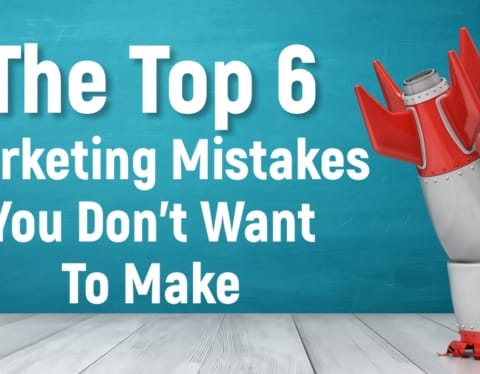There’s a tremendous difference between local and national automotive advertising and it’s more than the number of zeros in the budget.
Local automotive advertising is accountable. When a local car dealer or tire store runs a campaign, something needs to happen, and quickly.
National advertisers (along with the manufacturers) have deep pockets. Their advertising needs to demonstrate stature and success. They do this by spending lots of money. It’s often difficult to decide what someone is expected to DO as a result of seeing this message.
National advertising agencies seem to have more money than they know what to do with. You’ll see multiple campaigns for one company, with no discernable brand relationship between them.
I tend to think it’s a good thing local car and tire dealers don’t have this luxury.
Too much money leads to lazy thinking, and self-indulgence. In advertising, “cleverness” is no substitute for intelligence. Computer graphics is a poor substitute for an effective sales proposition.
Local advertisers must find a lane and stick to it. They can’t dominate the market with big budgets, or pull one advertising rabbit out of the hat after another.
National ads want to “get people talking,” while the local dealer needs a campaign that get people buying.
Locals get in trouble when they try to do big budget concepts on a local budget. “Slice of life” style commercials look deceptively easy, but they’re really mini movies, and are beyond the reach of local budgets.
Budgets are the most obvious difference between local and national. What nationals spend to produce a single commercial is more than a local ad budget for an entire year.
Success lies with the concept. A good concept can survive low-budget execution, but no amount of money can salvage a poor concept.
Local and national advertising both need to be attention-compelling and memorable. Many national ads stop there. If a local ad stops there, it’s a failure. No ad can be great (or even good) if it doesn’t identify the advertiser, state the consumer benefit and call for action. In other words: “Here’s the company, here’s the product/service, here’s how you will benefit, and here’s what to do.”
Whenever you hear someone say, “That’s a great ad!” ask yourself, “What’s the product and how do I benefit?” Local advertisers need to ask themselves “will my win an award or sell my product?”
You still see a lot of campaigns advertising a concept, with the assumption that everyone knows what the product is. Bad assumption. Advertisers should insist that their ad is known by their name.
To be fair, national agencies have to satisfy many masters, and conflicting goals. They have legal departments, marketing teams, and levels of client hierarchy to satisfy. Local agencies usually get to deal with the top dog. The fewer the layers, the better the advertising.
Local advertising professionals must stick with the basics, and still be creative enough to attract attention. After all, they’re dealing with the person who pays the bills, and there is very little wiggle room.
In the end, advertisers get the advertising they deserve. David Ogilvy stated “the agencies biggest clients usually demand the most, but receive the poorest creative. The smaller clients must humbly accept the agencies best work.”
Few people, even within the advertising field, understand the degree of difference between the national and local advertising business. But the difference, to paraphrase Mark Twain, is akin to the difference between lightning, and a lightning bug.




